
Climate Change in South Africa
Learn all about climate change in South Africa. Although climate change is a natural occurrence, human industrial and development activities over the past two centuries have caused changes in climate independent from natural changes. Climate change is a slow, natural cycle that causes the earth’s temperature to rise and fall periodically over centuries.
Soil erosion caused by climate change in South Africa.
Human intervention, however, has sped up the process and has had catastrophic effects across the globe. All ecosystems and biodiversities are threatened by climate change and its effects are remarkable on all life. Climate change has a profound impact on human life - it influences temperatures shifts, food security, water resources, greenhouse gasses.
This is not a list of impacts we can expect to see as our climate shifts. Rather, it is an opportunity to introduce you to some of the real people of South Africa who will be expected to live through these climate change in South Africa shifts. Some of these people may even be stripped of their livelihoods as a result, even though their contribution to the pollution which causes the problem is close to negligible.
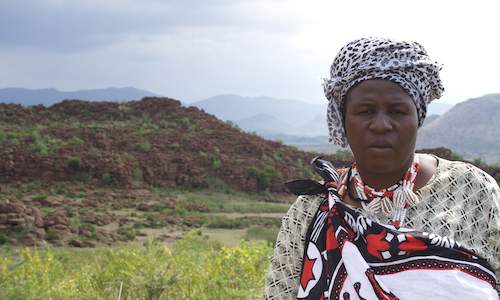
Well, it's about more than that, but it starts with a borehole and a power line and a message from the ancestors....
more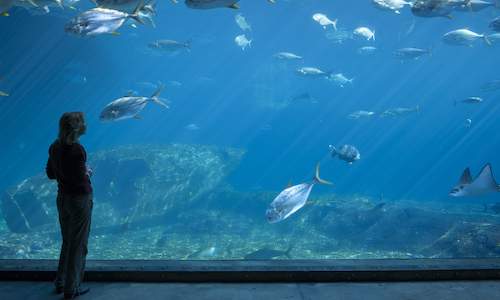
The Conservationist John Muir once said that when you tug on a single thing in nature, you find it attached to the rest of the world....
more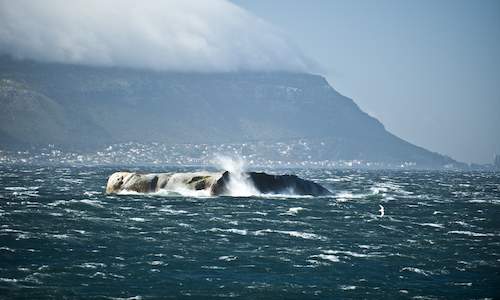
The Cape coastline faces into a turbulent ocean. Climate change will make this naturally stormy sea all the more formidable. Increasingly st...
more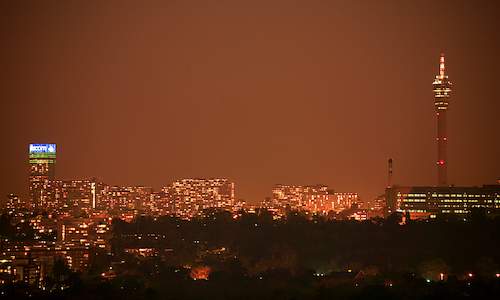
During the Live Earth concert held in Johannesburg in 2007, as part of a planet-wide effort to increase awareness around climate change, Con...
more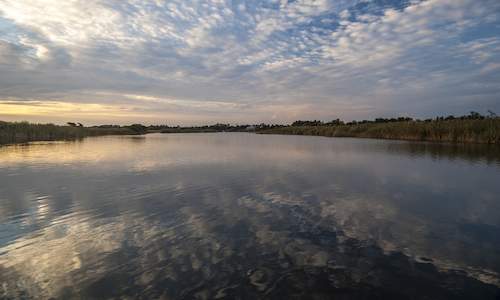
Many moons ago, a young transport rider – who had been drawn to the flourishing businesses that grew up around the Kimberley diamond mines...
more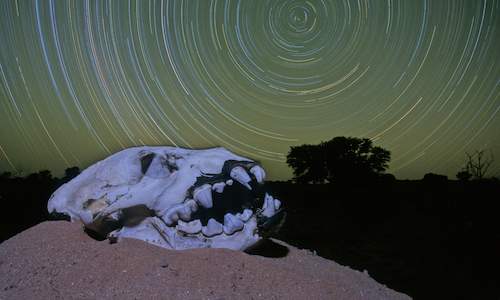
As long as Earth has been shrouded in a thin layer of gas, its climate has shifted and swayed between different states in response to entire...
more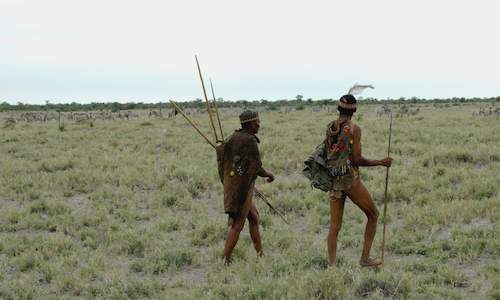
Over in the Western Cape, where the finger of climate change is already pressing down on the pulse of agriculture, farmers know that their l...
more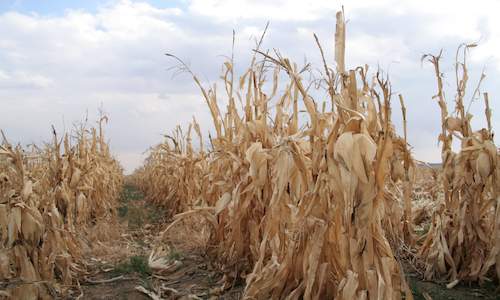
One of Amy Whitfield Hoar's diary entries for January 1932 was a eulogy to a typical South African summer....
more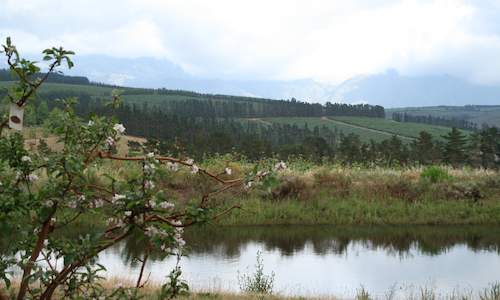
Something curious is happening in the Western Cape, and it’s a bit of an enigma to the climate scientists who discovered it....
more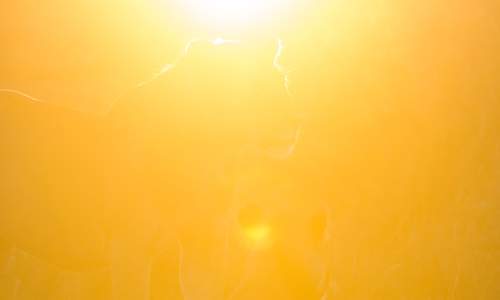
In 2004, scientists looked at records from 26 weather stations across the country and calculated about a half degree average increase since ...
more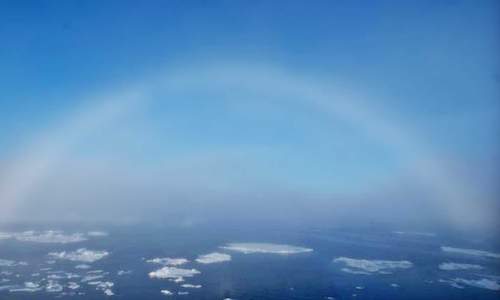
One tipping point, hidden away in the ocean, could bring a mini ice age to Europe. It sounds counter-intuitive, a regional ice age in the mi...
more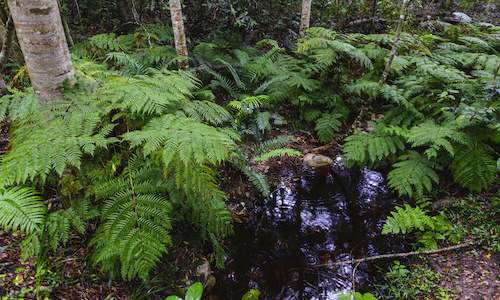
Carbon “sinks”, in the shape of forests and the ocean, strip about 40 percent of our annual CO2 emissions from the atmosphere....
more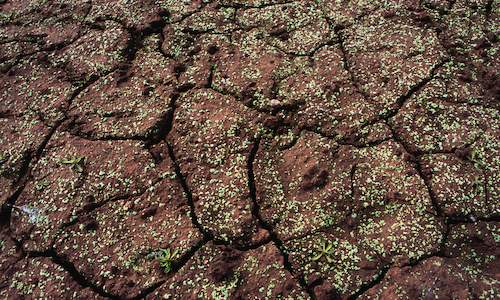
A warmer atmosphere can hold more water vapour, and since the 1980s the average atmospheric water vapour content has increased....
more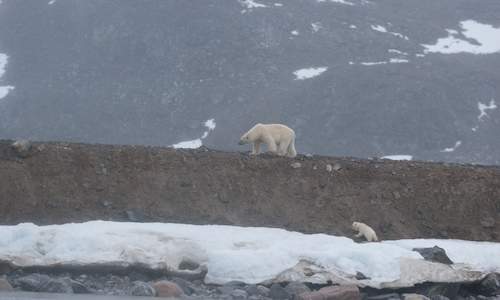
Warming of the climate system is unequivocal, as is now evident from observations of increases in global average air and ocean temperatures,...
more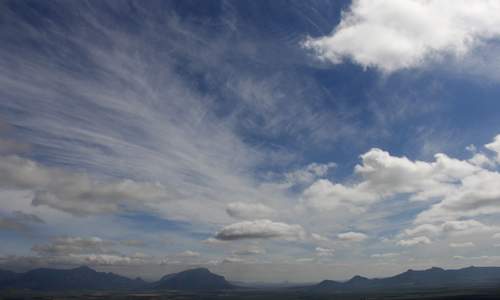
The shifts in climate which we’ve seen in recent decades will continue into the future and, in most cases, escalate....
more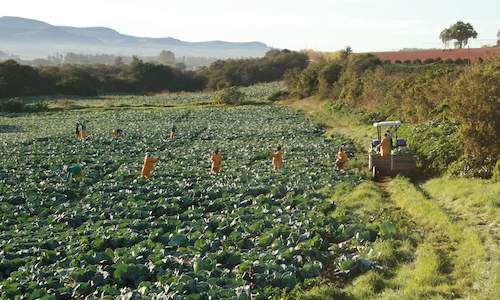
Through the years, climate change has not only endangered all living ecosystems, biospheres and individual species, but their food supply as...
more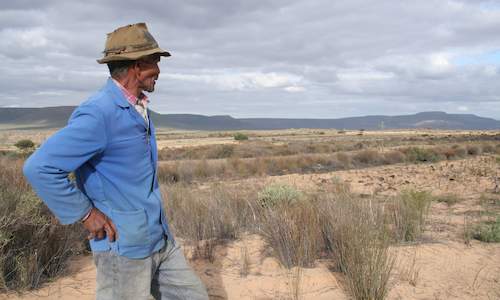
The contents of teacup are dark and brooding, a deep rusted red, like metal that’s been stripped down by the corrosive touch of sea air....
more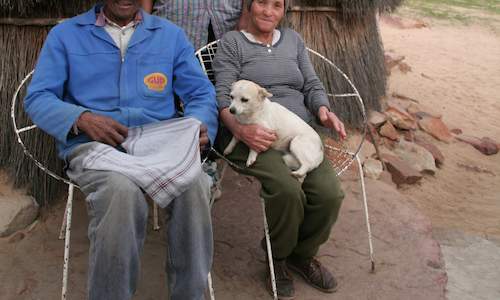
This is fynbos country - the last sliver of a fire-adapted, shrubby veld before the land gives way to the near-desert succulent Karoo....
more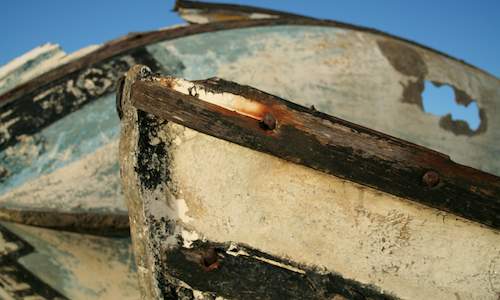
Born into deprivation, the West Coast fishers feel trapped on the economic fringe by unfair fishing rights allocations....
more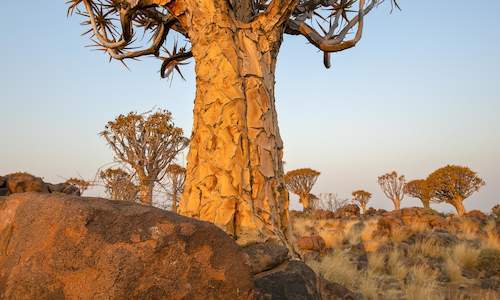
South Africa has seven distinct plant communities – desert, forest, fynbos, grassland, Nama-karoo, savanna and succulent karoo – and sin...
more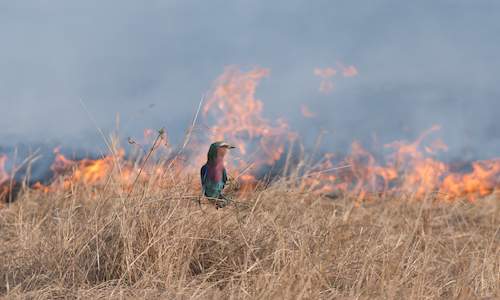
The country has a variety of ecosystems and habitats that are changing dramatically due to enhanced climate change - some of which is caused...
more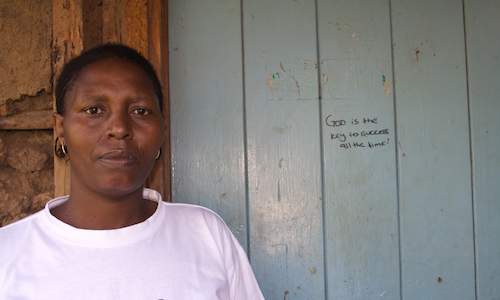
Bongiwe's escape washed her up 10 kilometres away to the verge of a muddy little spruit which trundles down through an industrial hub outsid...
more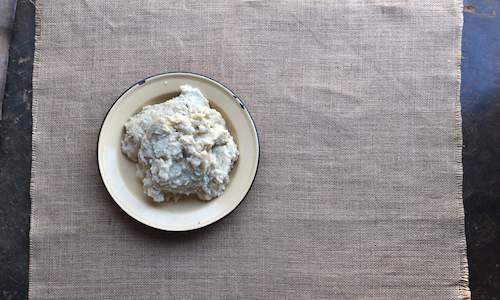
South Africa’s staple, maize, has many faces: a bowl of sadza or umphokoqo with beans; lumps of iphuthu, moulded into the hand and dipped ...
more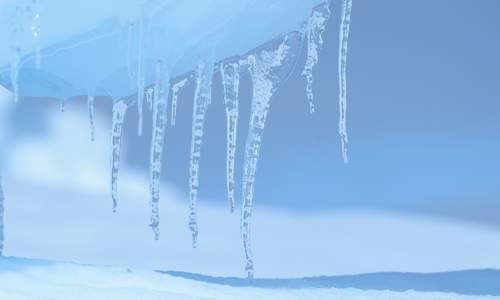
Let's look at a hypothetical fish tank, for a minute, to consider just how ancient and well-travelled its contents are....
more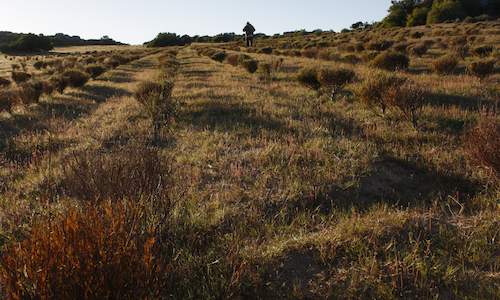
Rhoda Malgas and her colleague Noel Oettle with the Nieuwoudtville-based NGO, Indigo Development and Change have been working extensively am...
more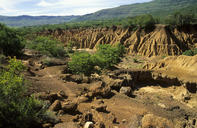
 Well, it's about more than that, but it starts with a borehole and a power line and a message from the ancestors....
Well, it's about more than that, but it starts with a borehole and a power line and a message from the ancestors.... The Conservationist John Muir once said that when you tug on a single thing in nature, you find it attached to the rest of the world....
The Conservationist John Muir once said that when you tug on a single thing in nature, you find it attached to the rest of the world.... The Cape coastline faces into a turbulent ocean. Climate change will make this naturally stormy sea all the more formidable. Increasingly st...
The Cape coastline faces into a turbulent ocean. Climate change will make this naturally stormy sea all the more formidable. Increasingly st... During the Live Earth concert held in Johannesburg in 2007, as part of a planet-wide effort to increase awareness around climate change, Con...
During the Live Earth concert held in Johannesburg in 2007, as part of a planet-wide effort to increase awareness around climate change, Con... Many moons ago, a young transport rider – who had been drawn to the flourishing businesses that grew up around the Kimberley diamond mines...
Many moons ago, a young transport rider – who had been drawn to the flourishing businesses that grew up around the Kimberley diamond mines... As long as Earth has been shrouded in a thin layer of gas, its climate has shifted and swayed between different states in response to entire...
As long as Earth has been shrouded in a thin layer of gas, its climate has shifted and swayed between different states in response to entire... Over in the Western Cape, where the finger of climate change is already pressing down on the pulse of agriculture, farmers know that their l...
Over in the Western Cape, where the finger of climate change is already pressing down on the pulse of agriculture, farmers know that their l... One of Amy Whitfield Hoar's diary entries for January 1932 was a eulogy to a typical South African summer....
One of Amy Whitfield Hoar's diary entries for January 1932 was a eulogy to a typical South African summer.... Something curious is happening in the Western Cape, and it’s a bit of an enigma to the climate scientists who discovered it....
Something curious is happening in the Western Cape, and it’s a bit of an enigma to the climate scientists who discovered it.... In 2004, scientists looked at records from 26 weather stations across the country and calculated about a half degree average increase since ...
In 2004, scientists looked at records from 26 weather stations across the country and calculated about a half degree average increase since ... One tipping point, hidden away in the ocean, could bring a mini ice age to Europe. It sounds counter-intuitive, a regional ice age in the mi...
One tipping point, hidden away in the ocean, could bring a mini ice age to Europe. It sounds counter-intuitive, a regional ice age in the mi... Carbon “sinks”, in the shape of forests and the ocean, strip about 40 percent of our annual CO2 emissions from the atmosphere....
Carbon “sinks”, in the shape of forests and the ocean, strip about 40 percent of our annual CO2 emissions from the atmosphere.... A warmer atmosphere can hold more water vapour, and since the 1980s the average atmospheric water vapour content has increased....
A warmer atmosphere can hold more water vapour, and since the 1980s the average atmospheric water vapour content has increased.... Warming of the climate system is unequivocal, as is now evident from observations of increases in global average air and ocean temperatures,...
Warming of the climate system is unequivocal, as is now evident from observations of increases in global average air and ocean temperatures,... The shifts in climate which we’ve seen in recent decades will continue into the future and, in most cases, escalate....
The shifts in climate which we’ve seen in recent decades will continue into the future and, in most cases, escalate.... Through the years, climate change has not only endangered all living ecosystems, biospheres and individual species, but their food supply as...
Through the years, climate change has not only endangered all living ecosystems, biospheres and individual species, but their food supply as... The contents of teacup are dark and brooding, a deep rusted red, like metal that’s been stripped down by the corrosive touch of sea air....
The contents of teacup are dark and brooding, a deep rusted red, like metal that’s been stripped down by the corrosive touch of sea air.... This is fynbos country - the last sliver of a fire-adapted, shrubby veld before the land gives way to the near-desert succulent Karoo....
This is fynbos country - the last sliver of a fire-adapted, shrubby veld before the land gives way to the near-desert succulent Karoo.... Born into deprivation, the West Coast fishers feel trapped on the economic fringe by unfair fishing rights allocations....
Born into deprivation, the West Coast fishers feel trapped on the economic fringe by unfair fishing rights allocations.... South Africa has seven distinct plant communities – desert, forest, fynbos, grassland, Nama-karoo, savanna and succulent karoo – and sin...
South Africa has seven distinct plant communities – desert, forest, fynbos, grassland, Nama-karoo, savanna and succulent karoo – and sin... The country has a variety of ecosystems and habitats that are changing dramatically due to enhanced climate change - some of which is caused...
The country has a variety of ecosystems and habitats that are changing dramatically due to enhanced climate change - some of which is caused... Bongiwe's escape washed her up 10 kilometres away to the verge of a muddy little spruit which trundles down through an industrial hub outsid...
Bongiwe's escape washed her up 10 kilometres away to the verge of a muddy little spruit which trundles down through an industrial hub outsid... South Africa’s staple, maize, has many faces: a bowl of sadza or umphokoqo with beans; lumps of iphuthu, moulded into the hand and dipped ...
South Africa’s staple, maize, has many faces: a bowl of sadza or umphokoqo with beans; lumps of iphuthu, moulded into the hand and dipped ... Let's look at a hypothetical fish tank, for a minute, to consider just how ancient and well-travelled its contents are....
Let's look at a hypothetical fish tank, for a minute, to consider just how ancient and well-travelled its contents are.... Rhoda Malgas and her colleague Noel Oettle with the Nieuwoudtville-based NGO, Indigo Development and Change have been working extensively am...
Rhoda Malgas and her colleague Noel Oettle with the Nieuwoudtville-based NGO, Indigo Development and Change have been working extensively am...